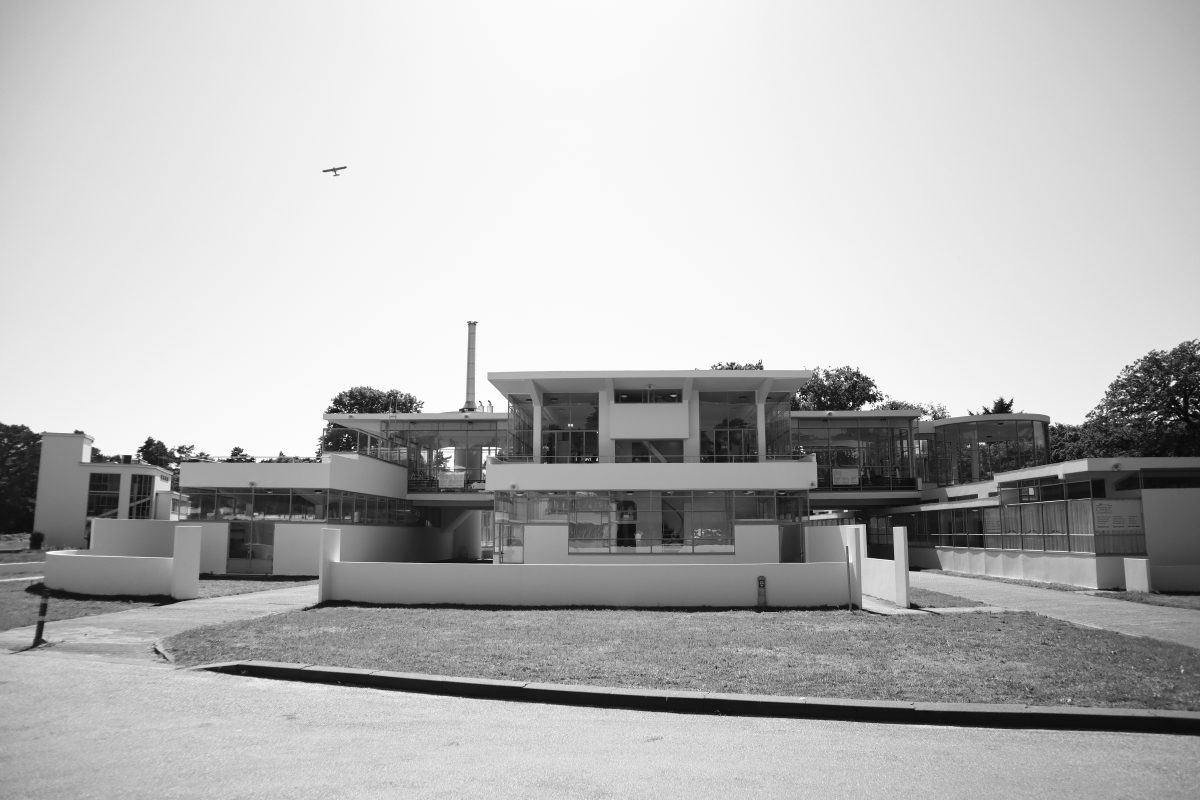New camera, just bought a new camera and I had to try out some features. Time to shooting some architecture pictures while visiting ‘Zonnestraal’. The camera I ‘m shooting with is a Canon EOS M50m2. This is a mirrorless camera. Ideal for on the go as this is a smaller, light weight and compact camera but also able to switch lenses to your need.



The estate Zonnestraal is a former sanatorium in Hilversum, the Netherlands. The building was designed by architects Jan Duiker Bernard Bijvoet and Jan Gerko Wiebenga, and is an example of the Nieuwe Bouwen. In 1995, the estate was submitted to UNESCO’s list of World Heritage Sites, but it was ultimately not listed.
Zonnestraal was built as a tuberculosis sanatorium in the 1920s and 1930s. The building features the classic design of the sanatorium, which focuses on as much open space and fresh air as possible. However, it still embodies the definition of the modern architecture by the immense amount of repetition and the avoidance of superfluous decoration. The building is mostly made of transparent materials to allow as much light as possible to enter the patients’ rooms. With this transparency, the building runs a large risk of overheating. However, the architects understood these risks and incorporated a cooling system in the building; something that was not common at this point in time. The surfaces that are not transparent are very sterile and smooth in appearance making very hygienic surroundings. The buildings are arranged in a loose “pin-wheel” design that created separation between patients’ rooms, giving each of them the adequate amount of sunlight needed for therapy. The distribution of space in this manner created the ability for every patient to have a sunbathing balcony that was unobstructed by any other patient’s room or building. The design of this architecture can be referred to as Heliotherapeutic Architecture (Light therapy) and was actually a short lived style in its purpose for therapy because of the discovery of the cure for tuberculosis. However, this style focuses on the engineering required to satisfy the patient’s needs. In fact, the architects preferred to refer to themselves as building engineers. After abandonment in the 1980s the building was submitted to UNESCO’s list of World Heritage Sites. However, with this submittal, the building’s structural deterioration could not be solved by demolition and rebuilding. Instead new techniques of concrete repair had to be used.
- Aperture: ƒ/3.5
- Camera: Canon EOS M50m2
- Focal length: 15mm
- ISO: 200
- Shutter speed: 1/4000s


Leave a Reply